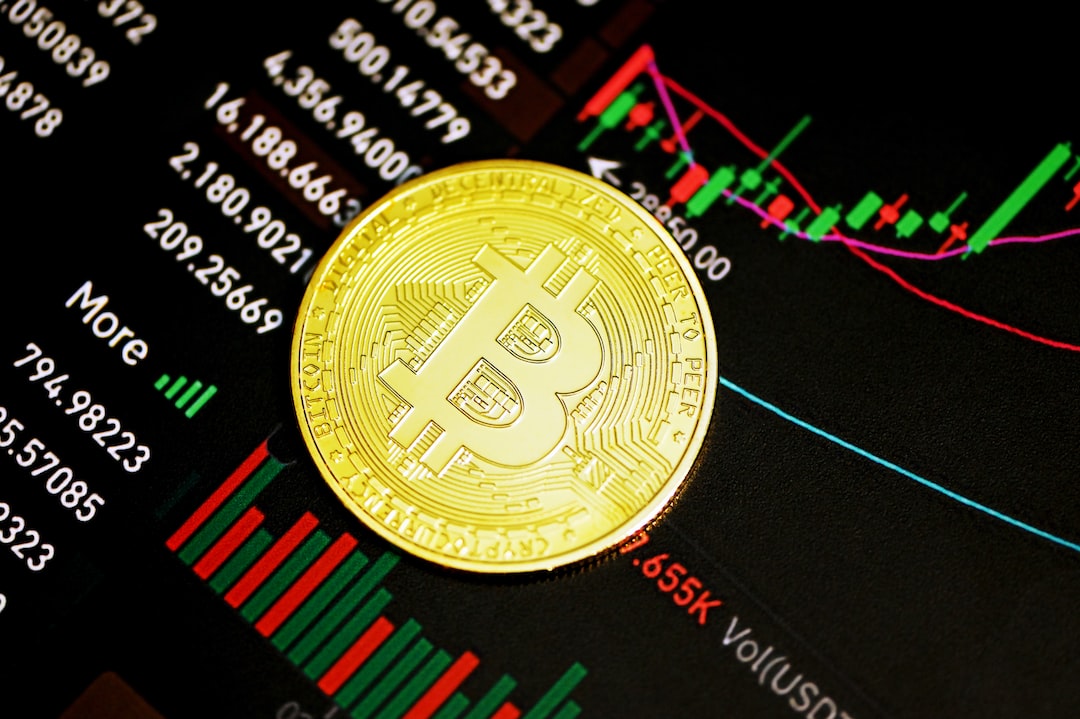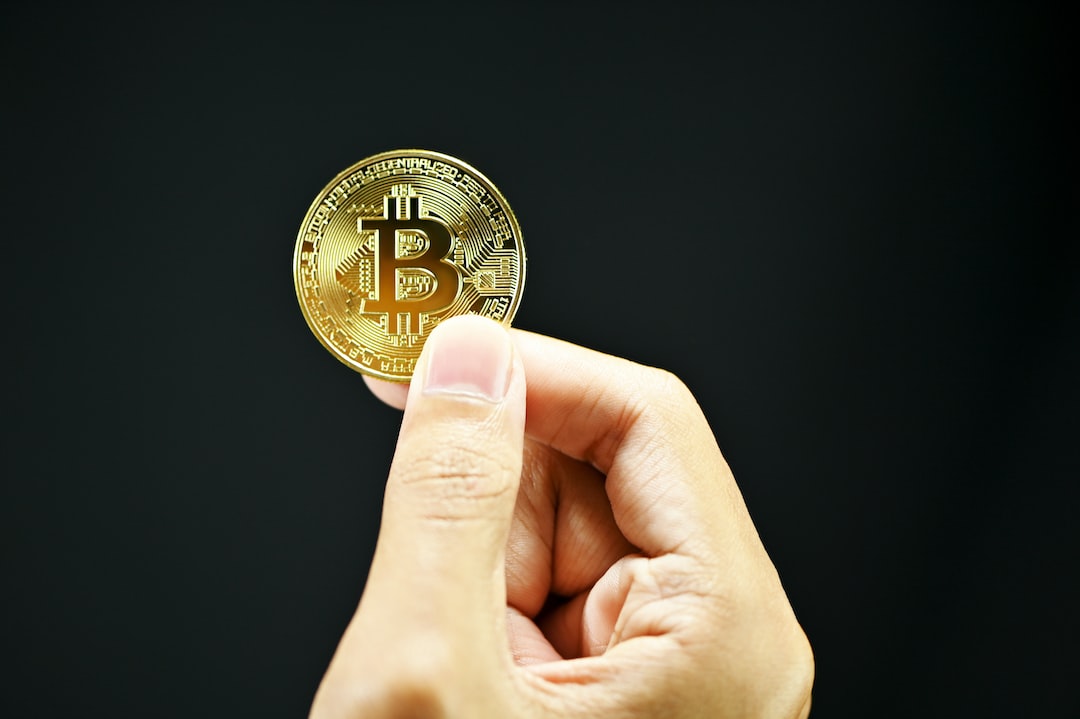The Importance of TxID in Blockchain Transactions: What You Need to Know
When it comes to understanding the world of cryptocurrency transactions, one term that you must familiarize yourself with is TxID. The TxID, or Transaction ID, plays a crucial role in the blockchain ecosystem. It is a unique identifier assigned to every transaction that occurs on a blockchain network. In this article, we will delve into the importance of TxID in blockchain transactions and why you need to pay attention to it.
What is a TxID?
A TxID is a string of alphanumeric characters that serves as a digital fingerprint for a particular transaction on the blockchain. It acts as an identifier that allows anyone to track and verify the details of a specific transaction.
Let’s say you decide to send some Bitcoin to your friend John. Once the transaction is initiated, it is recorded on the blockchain with a unique TxID. This TxID becomes your transaction’s identity, enabling you and others to trace its journey through the blockchain.
The Role of TxID in Transaction Verification
TxIDs are vital for ensuring the integrity and security of blockchain transactions. When you make a transaction, it goes through several stages before being added to the blockchain. Each stage involves validation and verification processes by multiple nodes within the network.
During these stages, every node checks whether the inputs and outputs of a transaction match and adhere to the rules defined by the blockchain’s protocol. To perform this validation, nodes rely on TxIDs. By comparing the TxID with other transaction details, they can confirm whether the transaction is legitimate or fraudulent.
Additionally, once a transaction is confirmed and added to a block, its TxID serves as proof that it has been included in the blockchain’s history. This allows anyone to verify the existence and validity of the transaction at any given point in time.
Tracking Transactions with TxID
TxIDs also play a crucial role in tracking the progress of transactions within the blockchain. Suppose you want to monitor the status of a transaction you initiated. In that case, all you need is the TxID associated with it.
By using blockchain explorers or specialized tools provided by cryptocurrency platforms, you can enter the TxID and instantly retrieve relevant information about your transaction. This includes details such as the timestamp, sender and receiver addresses, transaction value, and confirmation status.
The ability to track transactions using TxIDs is particularly useful when dealing with cryptocurrency exchanges or when waiting for funds to arrive in your wallet. Instead of relying on vague estimations or assumptions, you can simply use the TxID to get real-time updates on your transaction’s progress.
Preventing Double Spending
One of the most significant challenges in digital transactions is preventing double spending – the act of spending the same funds more than once. Traditional payment systems rely on trusted intermediaries to ensure this doesn’t happen.
In contrast, blockchain networks utilize TxIDs to prevent double spending without relying on intermediaries. When a transaction occurs, its TxID is immediately broadcasted to all nodes within the network. These nodes maintain a copy of the blockchain and update it with every new transaction they receive.
If someone attempts to spend the same funds twice by creating two different transactions with identical inputs, each transaction will have a unique TxID. Since nodes compare transactions based on their TxIDs, they will recognize that one of these transactions is invalid and reject it.
Frequently Asked Questions (FAQs)
Q: Can I change or modify a TxID?
A: No, TxIDs are generated based on the transaction data and cryptographic hashing algorithms. Once a transaction is recorded on the blockchain, its TxID becomes immutable and cannot be altered.
Q: How long does it take for a TxID to be generated?
A: The time it takes for a TxID to be generated depends on the blockchain network’s congestion and the transaction fee you set. Generally, it can take anywhere from a few seconds to several minutes.
Q: Is a TxID confidential?
A: No, TxIDs are publicly available and can be accessed by anyone. However, they do not reveal any personally identifiable information about the individuals involved in the transaction.
Q: Can I trace transactions without a TxID?
A: Tracing transactions without a TxID is extremely difficult as it acts as a unique identifier for each transaction. Without the TxID, it becomes challenging to locate and verify specific transactions on the blockchain.
As you can see, understanding the importance of TxID in blockchain transactions is crucial for anyone involved in cryptocurrencies. Whether you are sending or receiving funds or simply monitoring your transactions’ progress, having access to the TxID allows you to have complete transparency and confidence in your blockchain activities.





 By
By
 By
By
 By
By


 By
By